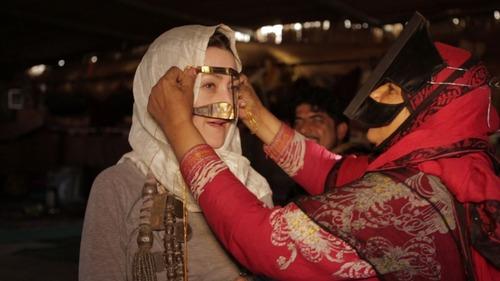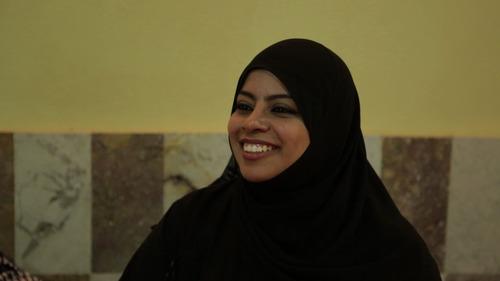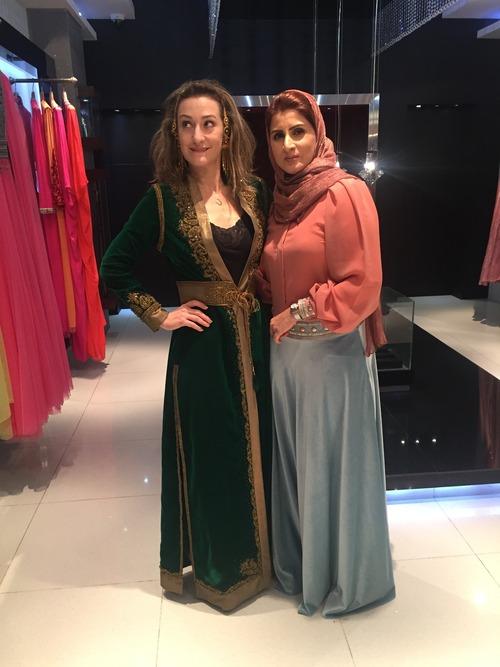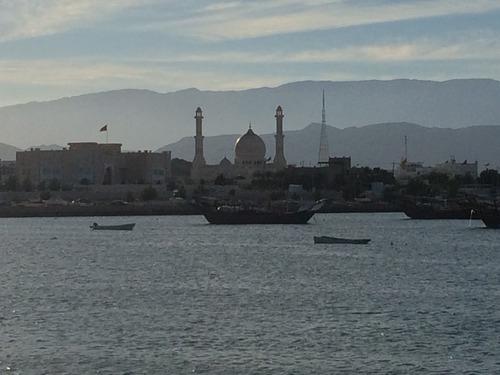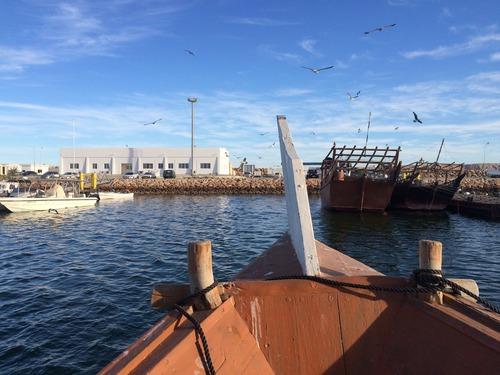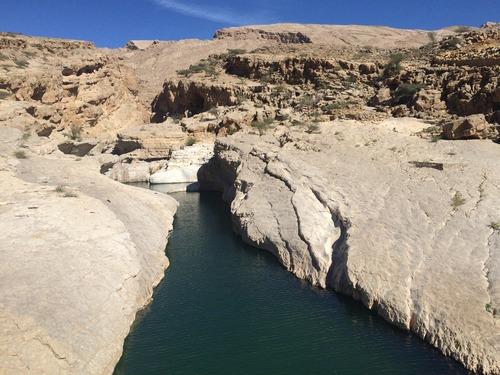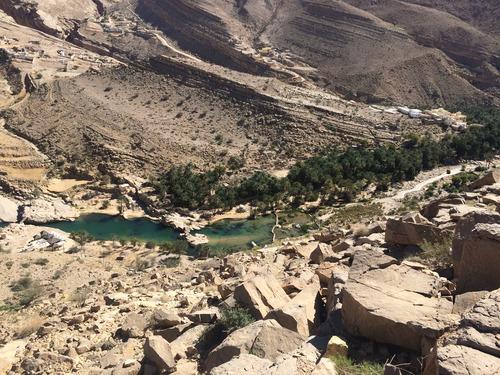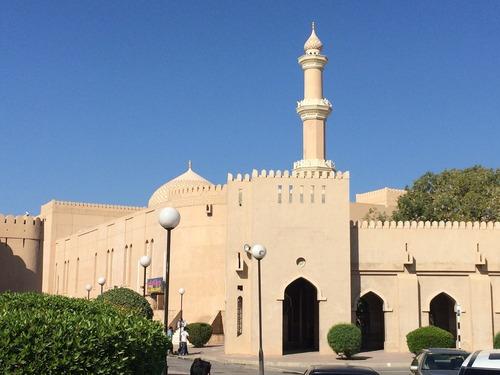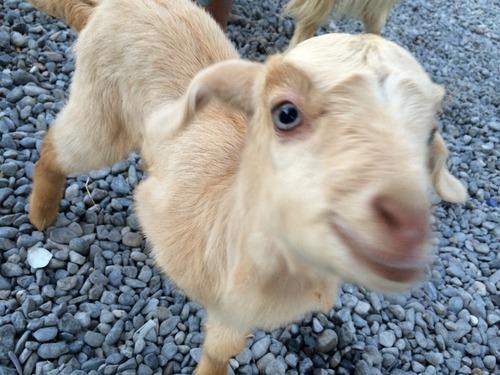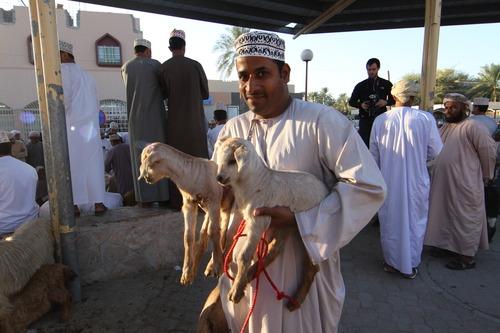In this day and age, it’s difficult for a traveler to feel like he or she is really truly exploring anymore. With the reach of the Internet and the opening of borders around the world, it can feel as if everything has already been laid bare… which is why Oman is so special. The country has only been “open” for 40 years, and the sultan, while modernizing the country, has insisted that any new construction fit in with the old.
But there is old, and then there is ancient. While driving through the mostly arid country, every once in a while you will hit a wadi — a valley that hides an oasis. Most of the wadis are similar — there are fresh pools and a town nearby.
And then there is Birkat Al-Mawz. It’s a tiny little town with mud houses in the Wadi al-Muaydin, which lies on the edge of Jebel Akhdar. The town is a peek into what life was like more than 500 years ago. You can roam through the ruins and explore at your leisure. (Just be careful, the houses are literally falling down. Two years ago, a block of four came crashing down at the feet of a group of German tourists, sending one to the hospital.)
Related: Heaven on Earth: The Hidden Oasis of the Arabian Desert
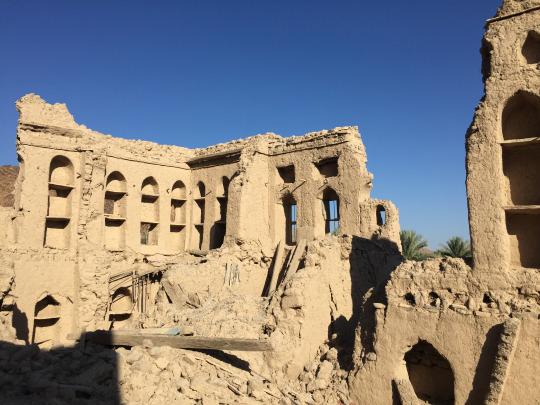
The houses are built on top of each other — from the living room of one house, you can see into the kitchen of another — with air ducts that acted like air conditioning and construction that reminds one of something out of Star Wars. Inside are painted wooden beams and empty windows where carved shutters used to be.
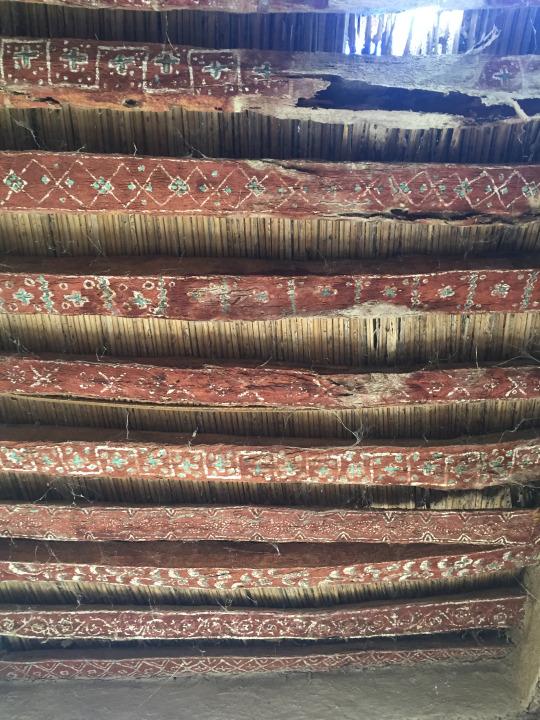
“Many of the old doors and shutters have been looted,” said Qais, my guide. “No one knew how valuable they were until they were gone.”

